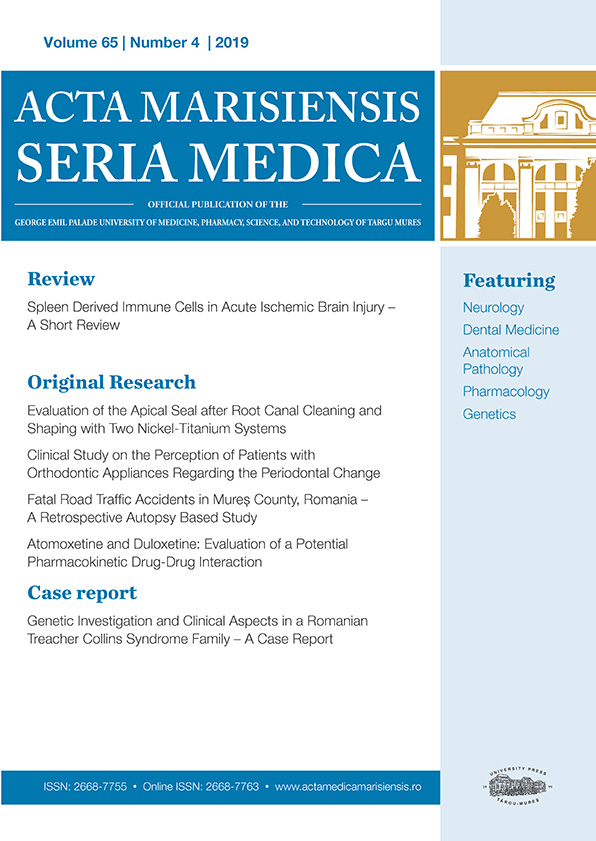Risk factors associated with long-term radio-cephalic arteriovenous fistula failure in dialysis patients
Risk factors associated with long-term RC-AVF failure
Abstract
Objective: The aim of this study is to analyze the risk factors associated with long-term radio-cephalic arteriovenous fistula failure in dialysis patients.
Methods: This retrospective observational study enrolled 81 patients diagnosed with end-stage kidney disease requiring arteriovenous fistula. Patients were categorized into two groups based on the long-term permeability of vascular access. The hospital's electronic database was used to collect demographic data, risk factors, comorbidities, pre-operative laboratory data, and pre-operative vascular mapping characteristics.
Results: Among the patients with arteriovenous fistula failure, we observed a lower incidence of men (p=0.009), a higher incidence of diabetes mellitus (p=0.036), and a higher incidence of active smoking (p=0.009). At ROC-curve analysis we identified an optimal cut-off value of 128.2 for glucose (AUC: 0.715, 66.7% Sensitivity, and 78.1% Specificity), 1.17 for leukocyte glucose index (AUC: 0.692, 60.0% Sensitivity, and 81.2% Specificity), and 7.33 for interleukin-6 (AUC: 0.925, 90.0% Sensitivity, and 84.6% Specificity). In Kaplan-Meier survival curve analysis, there was a higher incidence of arteriovenous fistula failure among females (p=0.033), smokers (p<0.001), and patients undergoing hemodialysis via a central venous catheter at the time of admission (p=0.047). Cox-regression analysis indicates that female sex (HR: 3.43, p=0.033) and active smoking (HR: 5.02, p=0.002) are predictors of vascular access dysfunction. Additionally, elevated values of glucose (HR: 1.89, p=0.004), Interleukin-6 (HR: 2.78, p=0.001), and leukocyte glucose index (HR: 1.95, p=0.008) are associated with arteriovenous fistula failure.
Conclusions: In conclusion, female sex, active smoking, high baseline glucose levels, Interleukin-6, and leukocyte glucose index are linked to long-term failure of arteriovenous fistula failure.
Copyright (c) 2024 Adrian Vasile Muresan, Réka Bartus, Emil Marian Arbănași, Eliza Mihaela Arbănași, Alexandru Ludovic Szanto, Elena Florea, Cătălin Mircea Coșarcă, Marius Mihai Harpa, Ioan Hosu, Claudiu Constantin Ciucanu, Nicoale Alexandru Lazăr, Ionela Georgiana Bodiu, Eliza Russu

This work is licensed under a Creative Commons Attribution 4.0 International License.









